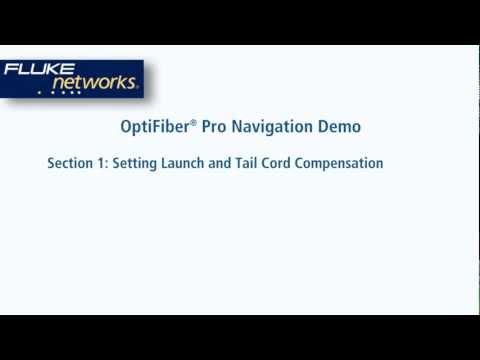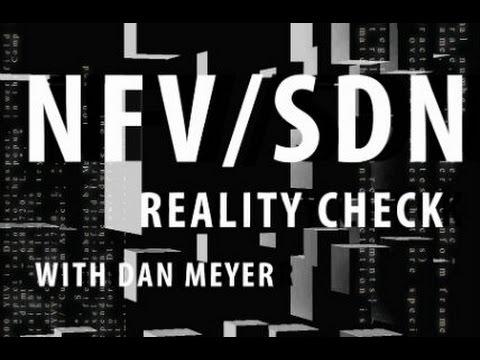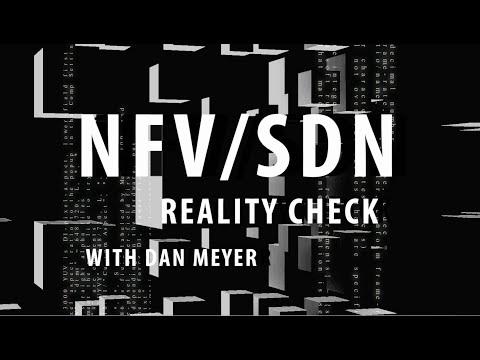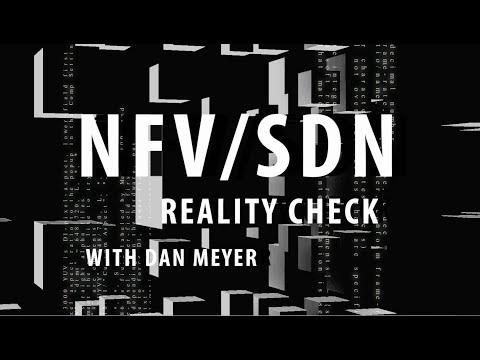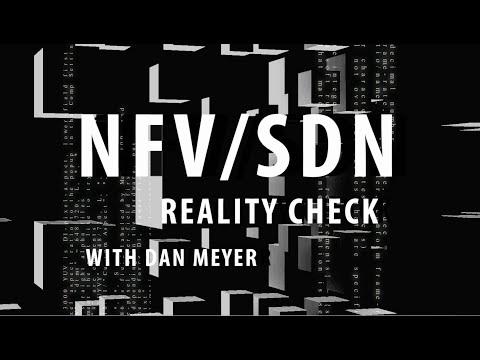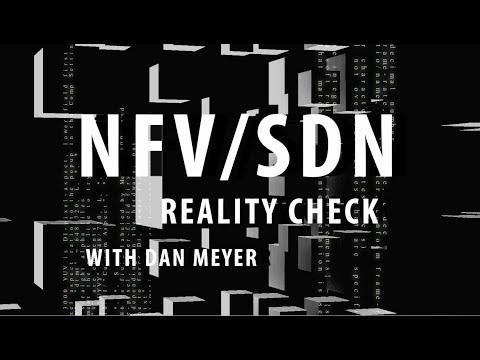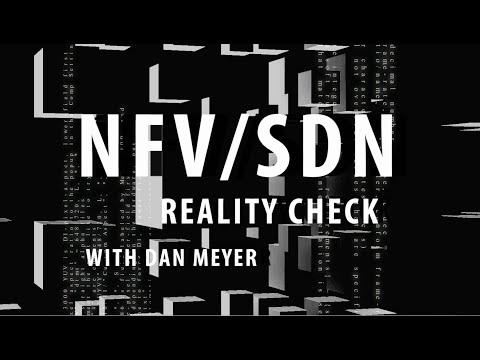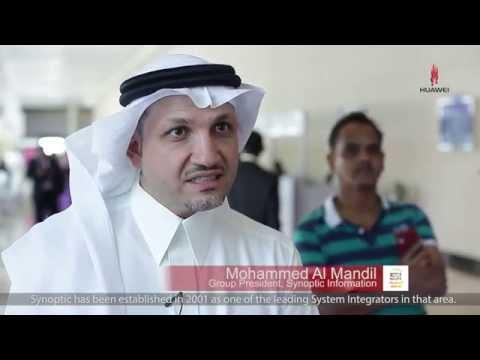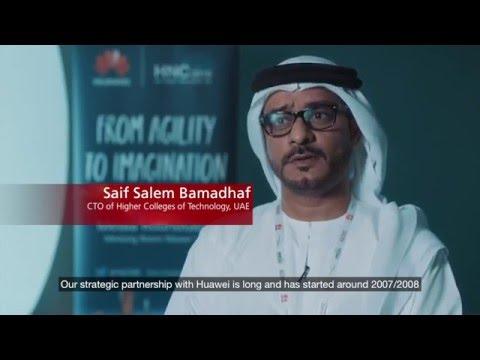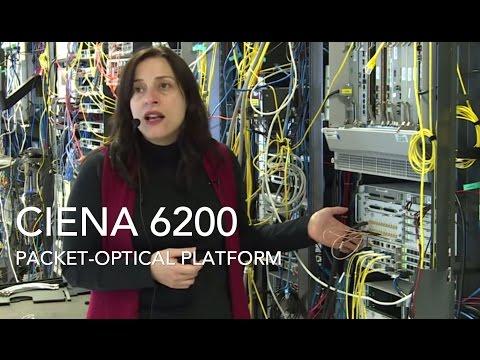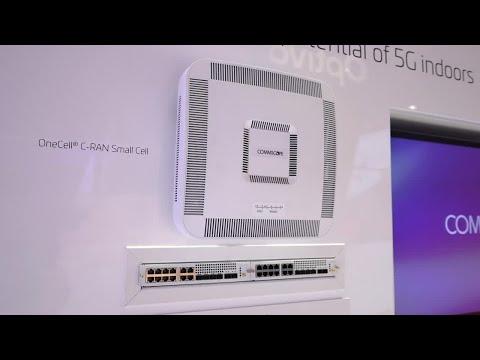Deeper Look Into CORD And M-CORD Initiatives – NFV/SDN Reality Check Episode 66
Description
On this week’s show we have a featured interview with Radisys for a deeper look into the Open Network Operating System project’s central office re-architected as data center platform and related mobile CORD initiatives. But, first let’s take a look at some top headlines from across the space over the past week.
SK Telecom and Ericsson this week claimed to have demonstrated the first software-defined telecommunications infrastructure based on Hyperscale Datacenter System 8000 at SK Telecom’s “5G Playground” innovation center.
The firms describe SDTI as an infrastructure platform where “all mobile network infrastructure components, such as CPU, memory and storage are disaggregated as customizable modules that can be flexibly and dynamically recomposed together to provide the optimal level of infrastructure scale for various 5G services based on their requirements.”
The concept is based on infrastructure slicing in supporting dynamic composition and lifecycle management at the physical hardware layer, and is said to “enhances efficiency in network infrastructure upgrades as the disaggregated module of the server can be separately upgraded.”
SDTI is seen as key for end-to-end 5G network slicing, which is described as a virtualized and logically separated network optimized for a specific user or service “consisting of network slices of different domains in the mobile network including radio access network, IP transport network, core network and physical infrastructure.”
SK Telecom and Ericsson last year demonstrated network slicing at the same research center in South Korea. SK Telecom and Ericsson said by the end of this year they plan to jointly build an end-to-end pilot system using SDTI with “5G” equipment to test the technical and performance characteristics.
Also this week, a recent survey released by the Linux Foundation’s OPNFV Project, found an increasingly small percentage of telecom operators have not yet planned for network functions virtualization.
The survey, which was conducted for OPNFV by Heavy Reading and released at the recent OPNFV Summit, noted 6% of the more than 90 telecom operators questioned did not have a network functions virtualization strategy planned at all, down from 14% last September.
In highlighting its own progress in support of deployment plans, OPNFV said 99% of respondents believe the organization will deliver on its promise of a “carrier-grade, integrated, open source reference platform intended to accelerate the introduction of new products and services,” with a focus on working with upstream projects to coordinate continuous integration and testing while filling development gaps.
Nearly the same percentage (93%) of those operators also said they believe OPNFV is “essential or important to the telecom industry as a whole,” and 97% said they plan to leverage “the output of OPNFV in some way.” Despite the optimism, operators indicated that a lack of skill set and lack of upper management support remain the biggest barriers for their involvement in OPNFV.
Telecom operators also noted security is the top technology OPNFV “should investigate,” which the organization said it is working through based on the formation last year of its security working group. Operating support systems, business support systems, and management and orchestration also were cited as areas of needed focus.
For this week’s featured interview we spoke with Bryan Sadowski, VP of FlowEngine Product Marketing at Radisys, for a deeper dive into the CORD and M-CORD initiatives that seem to be gaining increased attention from across the telecom space.
Make sure to check us out again next week when we are scheduled to speak with Tech Mahindra on the continuing evolution of CORD and how it’s shaping the way services are delivered, reducing capital expense and operating expense and moving to more programmatic and segmented service offerings.






